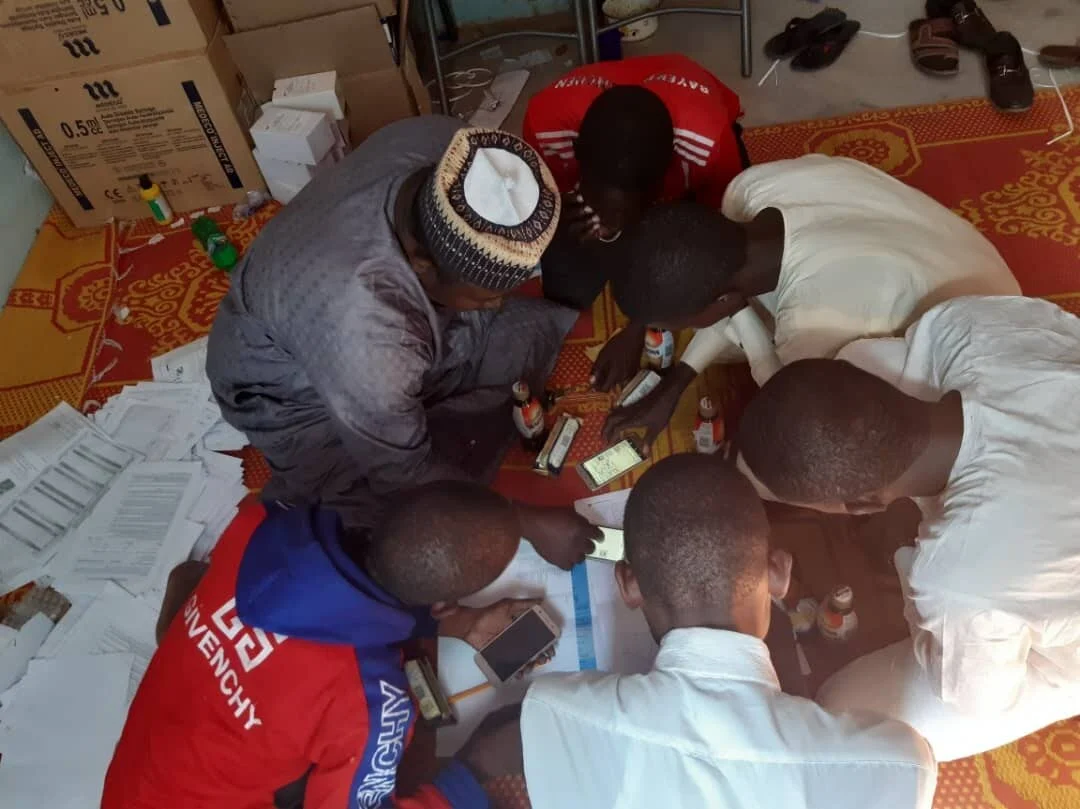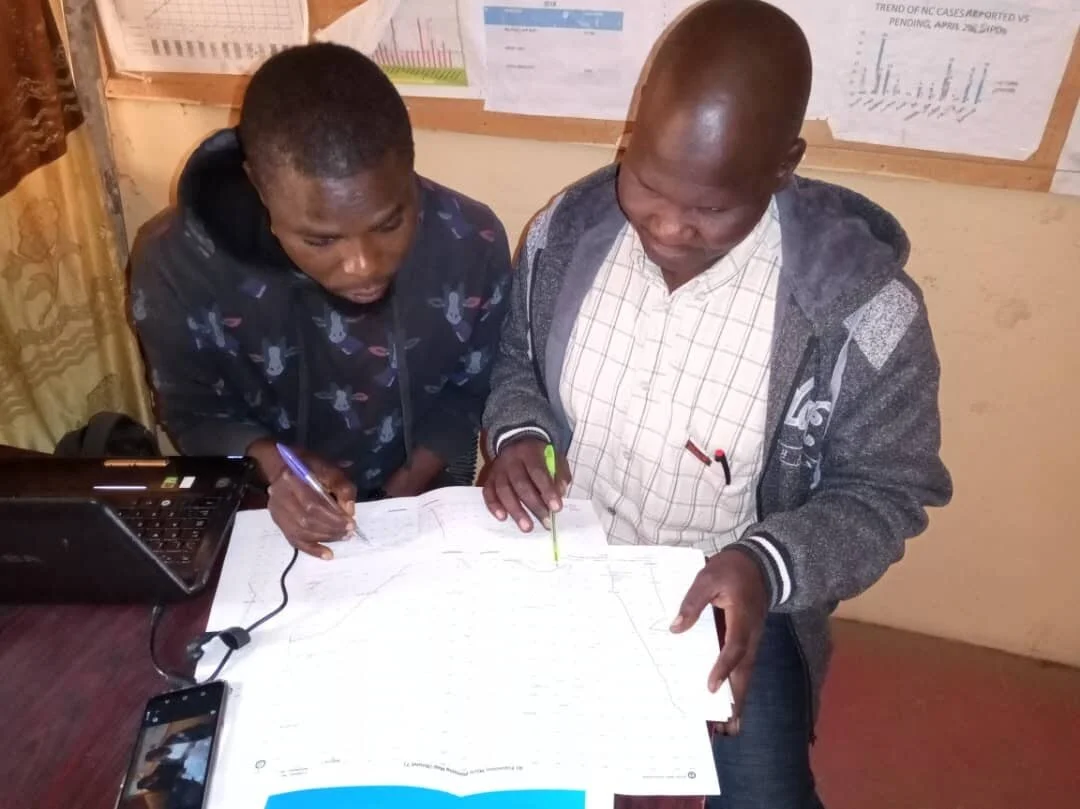By John Momoh & Emerald Awa-Agwu
In 2017, following the results of the 2016-2017 Multiple Indicator Cluster Survey/ National Immunization Coverage Survey (MICS/NICS) Report, which put Nigeria’s routine immunization (RI) coverage rate at 33%, the National Primary Health Care Development Agency (NPHCDA) declared a state of emergency on RI in Nigeria 1. This led to the establishment of the National Emergency Routine Immunization Coordination Centre (NERRIC) and its state-level counterparts, across the 36 states of the federation. NERICC and SERICC targeted states and local government areas that had low immunization coverage rates with various interventions, aimed at attaining a RI coverage rate of 84% by 2028. The majority of states in this category are in Northern Nigeria 2.
Many reasons exist for low vaccination coverage rate including non-compliance by households, insufficient vaccines, health workers, and/or health facilities to meet the demand for immunization services. However, what happens when you have all these factors combined with insecurity, displacement of people, and physical destruction of health facilities?
eHA consultant in Magumeri LGA training the LGA RIE team on the use of electronic data collection methods
It’s an Emergency
The insurgency in Northeast Nigeria has been ongoing since 2009 and the current reality is that health workers and households face grave challenges delivering and accessing RI services. There are issues of security to consider as well as the migration/abandonment of settlements which hinder proper planning and execution of routine and supplementary immunization activities (SIAs). This has led to consistently underserved populations and thus, low immunization coverage rates.
eHA consultant in Biu LGA supporting the LGA RI Officer to micro-plan using GIS Maps
The Strategy
To alleviate this, the Borno State Emergency Routine Immunization Coordination Centre, in close collaboration with partners including the World Health Organization (WHO), Rotary International, the U.S. Centers for Disease Control and Prevention (CDC), the United Nations Children’s Fund (UNICEF), the Bill & Melinda Gates Foundation (BMGF), eHealth Africa (eHA), Solina Health, and Novel-T launched the Routine Immunization Expansion (RIE) strategy to expand RI activities to security-challenged areas in order to improve the coverage rates. This strategy uses Geographic Information Systems (GIS) solutions as the basis to identify and target settlements for RI sessions and provide proof of visitation, thereby, improving routine immunization coverage.
eHealth Africa's Role
We have leveraged our expertise in data management solutions and Geographic Information Systems (GIS), to provide end-to-end support for the implementation of the RIE strategy in Borno. We provide the RI teams with up-to-date GIS maps and a list of settlements that they use during their microplanning activity to estimate target populations and allocate catchment areas to health facilities across the state. Using these tools and local knowledge, the teams prioritize and plan what areas to reach using criteria like accessibility, habitation status, and the proximity to adjoining settlements. Furthermore, this allows each LGA to estimate the optimal number of teams and days required to cover all their targeted settlements for each round of RIE implementation. This process is critical to the program because it has a direct impact on logistics and finance planning. During RIE field implementation activities, we monitor RI teams’ coverage in security-compromised areas using GPS-enabled Android phones, similar to what occurs in the Vaccinator Tracking System project.
At the end of each round, we develop a post-implementation report and updated map which are shared with the relevant stakeholders for informed decision-making and progress monitoring.
The Progress So Far
As a result of using GIS technology, routine immunization coverage in security-challenged areas in Borno has increased from 12% in April 2019 to 88% in December 2019.
These results show the significant impact that innovative data solutions and GIS technology, combined with contextual insight and partnership can have on health interventions in low-resource settings.




















